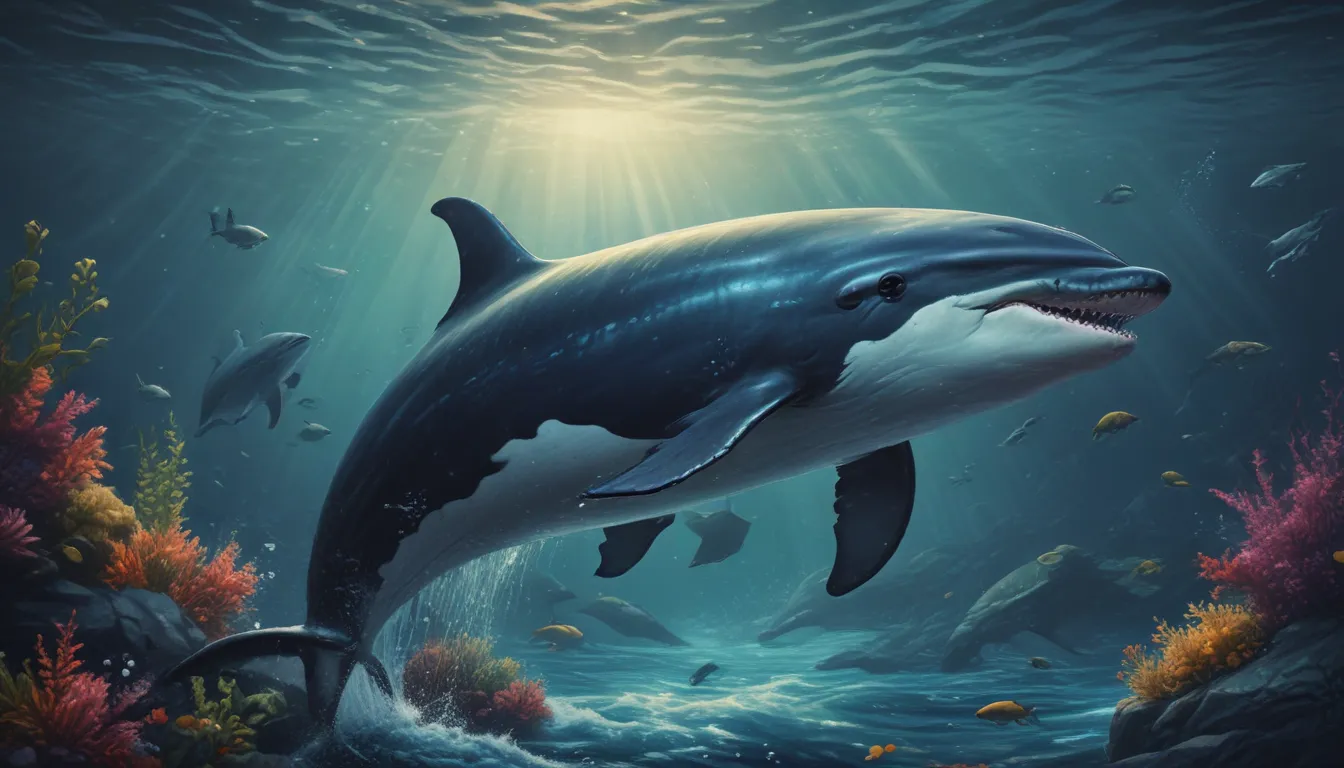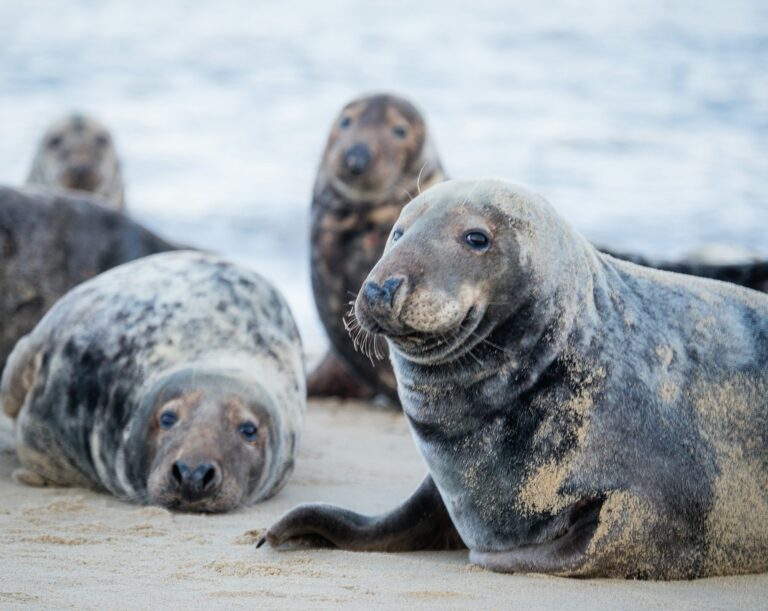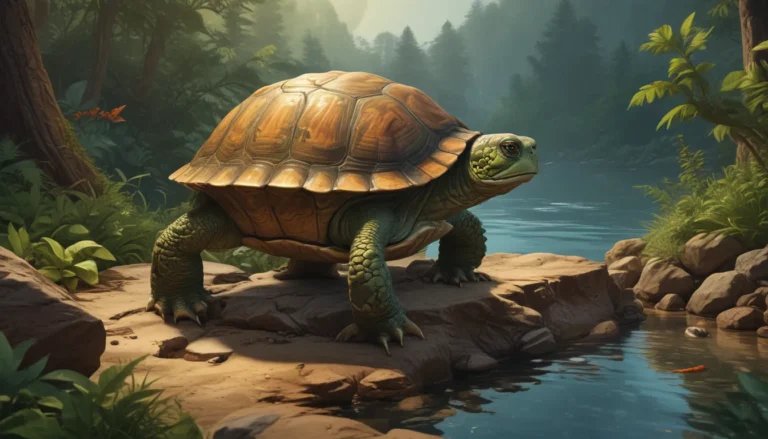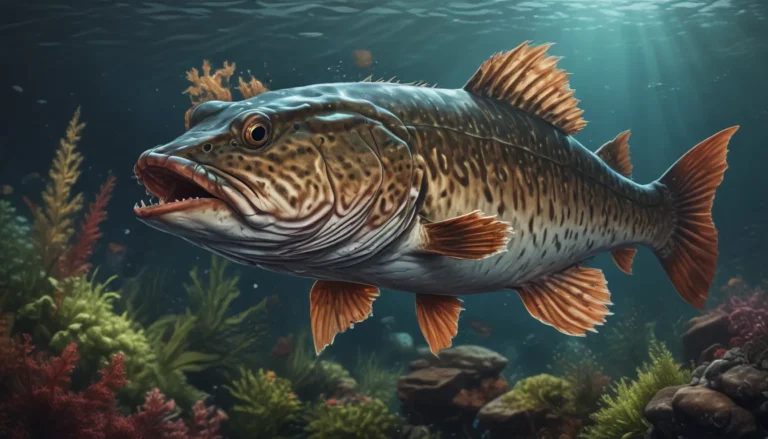The pictures we use in our articles might not show exactly what the words say. We choose these pictures to make you interested in reading more. The pictures work together with the words but don’t take their place. The words still tell you the important facts.
Cetaceans, including whales, dolphins, and porpoises, are majestic creatures that roam the oceans, captivating the hearts and minds of people worldwide. These incredible marine mammals boast unique adaptations for life in the water, impressive intelligence, and remarkable social structures. Let's dive deep into the mesmerizing world of cetaceans and uncover 17 fascinating facts about these extraordinary beings that will leave you in awe.
Discover the Magnificent Cetaceans
Cetaceans, such as whales and dolphins, hold the prestigious title of being the largest animals on Earth. These magnificent creatures can attain astonishing sizes, with the Blue Whale reigning as the largest animal to have ever existed. Their evolutionary journey spans over 50 million years, evolving from land-dwelling mammals to fully aquatic beings, adapting to life in the water with grace and prowess.
Unveiling the Diversity of Cetaceans
With approximately 90 different species, cetaceans are divided into two main groups: toothed whales, including dolphins and porpoises, and baleen whales, such as the majestic humpback and gray whales. Their diverse dietary preferences range from small fish and krill to filter feeding on vast quantities of tiny organisms in the water.
Peering into Cetacean Social Structures
Cetaceans are highly social creatures, often forming tight-knit family groups called pods. Through a repertoire of clicks, whistles, and songs, they establish complex social structures within these pods, showcasing their advanced communication skills and intricate relationships. Many species exhibit matriarchal societies, where females play pivotal roles in decision-making and teaching survival skills to younger members.
Embark on Amazing Migration Journeys
Countless cetacean species embark on extraordinary long-distance migrations, traveling thousands of miles each year in search of food or breeding grounds. Their navigational abilities are nothing short of miraculous, guiding them through the vast expanses of the ocean with precision and purpose.
Awe-Inspiring Intelligence and Behaviors
Cetaceans exhibit exceptional levels of intelligence and curiosity, engaging in playful activities, cooperative hunting, and even demonstrating signs of self-awareness. Some species, like the Cuvier's beaked whale, hold the record for the deepest dives by a mammal, navigating the ocean depths with unparalleled skill.
Admire the Acrobatic Displays
From playful porpoises leaping out of the water to the majestic breach of whales launching themselves into the air and crashing back down with a resounding splash, cetaceans never fail to impress with their breathtaking acrobatic displays. These behaviors serve various purposes, including communication and parasite removal.
Cherishing the Cultural Legacy of Cetaceans
Cetaceans have held significance in the cultural heritage of various communities for centuries, portrayed in myths, legends, and art forms as symbols of strength, wisdom, and freedom. Male humpback whales, renowned for their hauntingly beautiful songs, communicate across vast distances, captivating listeners with their mesmerizing melodies.
Defending Cetaceans Against Threats
Despite their incredible adaptations, cetaceans face numerous threats from human activities, including pollution, habitat destruction, climate change, and entanglement in fishing gear. Conservation efforts led by scientists, environmental organizations, and governments are crucial for safeguarding these magnificent creatures and preserving their habitats for future generations.
Embrace the Endless Wonders of Cetaceans
As we uncover the mesmerizing world of cetaceans, we gain a deeper appreciation for their majestic presence, extraordinary behaviors, and vital role in the marine ecosystem. Each new discovery about these remarkable creatures opens doors to endless wonders, inspiring us to protect and conserve their habitats for the benefit of all life on Earth.
FAQs: Exploring Curious Questions About Cetaceans
-
How big can cetaceans get?
Cetaceans range in size from the tiny vaquita to the massive blue whale, which can reach lengths of over 100 feet. -
Can cetaceans communicate with each other?
Yes, cetaceans use clicks, whistles, and songs to communicate with members of their pod over vast distances. -
How fast can dolphins swim?
Dolphins are renowned for their agility and speed, capable of reaching up to 30 miles per hour. -
Do all cetaceans migrate?
No, migratory patterns vary among different cetacean species and populations, with some migrating in search of feeding grounds. -
What do cetaceans eat?
Cetaceans have diverse diets, ranging from fish to krill, squid, and other marine mammals, depending on their species.
As we delve deeper into the wonders of marine life, we uncover the incredible diversity and adaptations of ocean creatures, from the smallest plankton to the largest mammals on Earth. Let the captivating world beneath the waves enchant you as you learn more about these extraordinary creatures that call the sea their home.
Was this page helpful?
Our dedication to providing trustworthy and engaging content ensures that each fact we share is contributed by real users, ensuring a wealth of diverse insights and information. Trust in our commitment to quality and authenticity as we continue to explore and learn about the wonders of the natural world.






